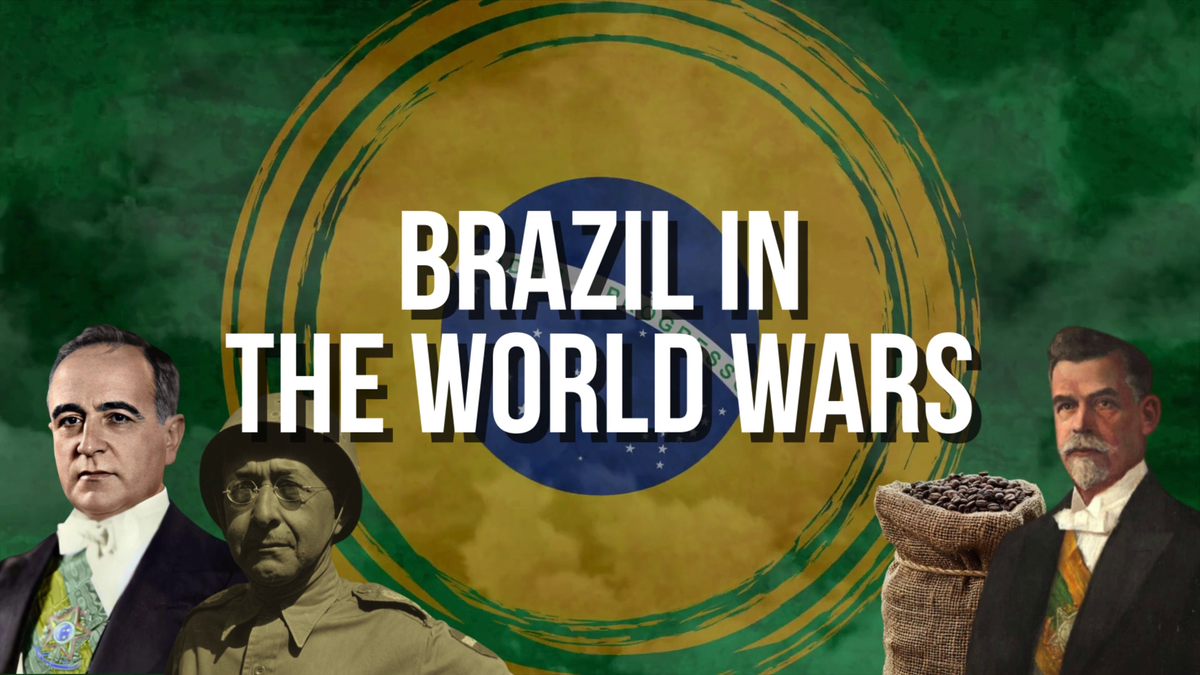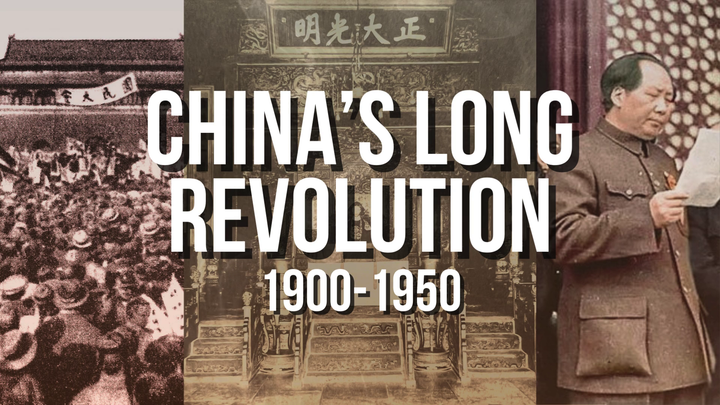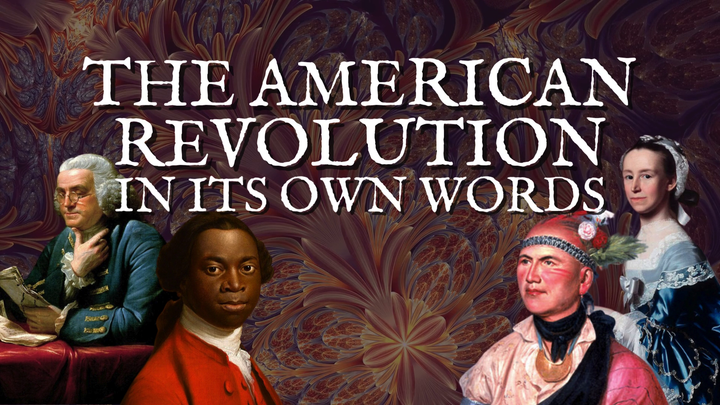Behind the Scenes: Brazil in the World Wars.
My latest deep-dive history video looks at the history of Brazil from 1914 to 1945. It's complicated.

Yesterday (September 2, 2025) was release day for my newest deep-dive historical YouTube video, “Brazil in the World Wars.” Though it hasn’t been blowing the doors off in terms of first-day views—shame that YouTube teaches us to worry about things like that—I’m proud of the video and glad I made it, and I think it’s a pretty fascinating subject that not a lot of people outside of Brazil know much about. It’s embedded below. As I usually do on release day (or the next day), I thought I’d write a few words about the video itself, its subject, what I think it means, and what the process of making it was like.
Brazil is a unique country in many ways. It’s the only Latin American country whose people speak Portuguese, it’s the largest economy and territory in Latin America, and it’s the only country from that region to participate formally in both world wars. It’s also the only Latin American country that sent ground troops to fight in the European theater in World War II (Mexico sent an air squadron to the Pacific). Like Mexico, most of what little people know about Brazil’s roles in World War I and II involve those troops, the “Smoking Cobras” who saw action in Italy in the closing months of the European war. But there’s a great deal more to the story than that. Brazil’s history between 1910 and 1945 was crucially formative to how its history has unfolded since then. Anyone who wants to understand Brazil’s role in the world today, I think, has to take stock of what happened in those three and a half decades.
In October 1917, barely a year before the end of the First World War, Brazil, then under President Venceslau Brás, declared war on Germany and the Central Powers. This was largely a response to a series of provocations by Germany on the high seas, mainly the sinking of Brazilian ships by German U-boats. That was the same factor that had brought the U.S. into the camp of Germany’s enemies about six months earlier. Brazil’s participation in the war was mainly a naval story. The country came out of the conflict in the fall of 1918 with its military and political prestige enhanced, and with over 40 merchant ships that had formerly belonged to Germany. This was a step for Brazil onto the world stage, but only a small one, and in some ways it was ill-timed. The tumultuous decades of the 1920s and 1930s would remake Brazilian society and history, just in time for its participation in the Second World War, again on the Allied side.


